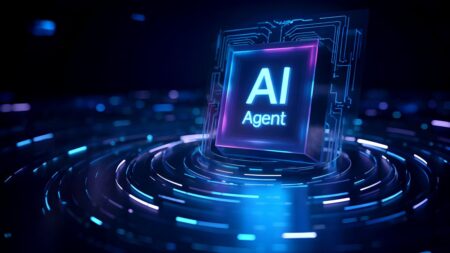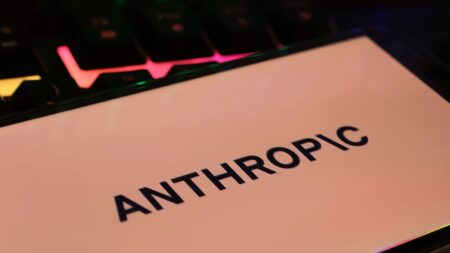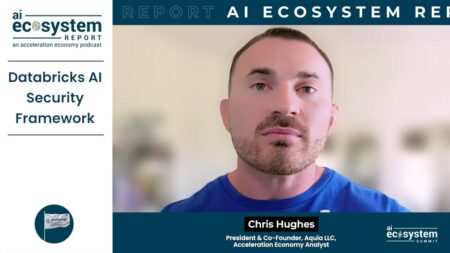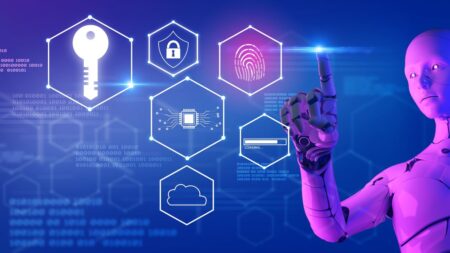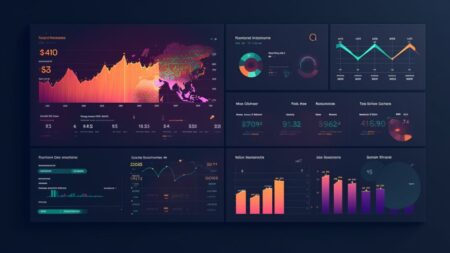Microsoft demos specific Purview functions that customers can tap into in AI use cases so they are protecting critical corporate data assets from both malicious external actors and insider threats.
vulnerability
From multi-agent interactions to supply chain vulnerabilities, AI agents introduce a number of potential security risks. A new resource lays out the risks and steps to prevent them, while leaning on red teaming practices.
Rapid adoption of AI-driven coding tools could lead to a significant rise in software vulnerabilities, challenging current security practices.
Google’s Project Naptime utilizes AI to enhance vulnerability discovery and management, offering promising advancements in cybersecurity.
Anthropic, founded by former OpenAI employees, sets itself apart with a strong focus on AI safety, transparency, and performance, showcased by its Claude 3 models and the backing of cloud/AI giants.
The OWASP AI Cybersecurity & Governance Checklist outlines actionable recommendations for optimizing cybersecurity posture in the era of GenAI and LLM.
Analyzing Microsoft’s recent cybersecurity challenges, including deficiencies in its security culture, the introduction of the Secure Future Initiative, and efforts to prioritize security in light of growing scrutiny and the need to regain customer trust.
Palo Alto’s Precision AI transforms cybersecurity with integrated AI offerings spanning threat mitigation, secure AI adoption, and simplified workflows, promising to redefine organizational security paradigms.
Discover essential insights into recent cybersecurity vulnerabilities in Microsoft’s cloud services with this analysis of the Cyber Safety Review Board’s report.
Gain CISO insight into Databricks’ AI security framework with an expert review that includes crucial strategies for safeguarding AI models without impeding business innovation.
Databricks’ AI Security Framework illuminates the path to secure and compliant AI adoption, addressing critical security risks across various stages of AI systems.
With Wiz CNAPP, CISOs embark on a new era of cloud security, leveraging integrated solutions to simplify operations and bolster defenses.
Nation-states, including China, Iran, North Korea, and Russia, are reported to be utilizing AI, particularly OpenAI’s platform, for malicious cyber activities.
Lacework’s latest innovation, AI Assist, transforms cloud-native security by offering personalized recommendations, natural language interactions, and expedited remediation.
Snyk’s report on AI-generated code security shows how developers, lured by accelerated production, are unwittingly overlooking risks.
KPIs are crucial to understanding the performance of generative AI initiatives. Learn requirements that will help you build and apply KPIs effectively.
Discover the hidden risks embedded in AI code, including false security assumptions and a pattern of bypassing policies.
Wiz’s AI Security Posture Management (AI-SPM) addresses security and privacy concerns wrought by AI with comprehensive oversight, inventory management, and misconfiguration checks.
NetRise introduces Trace, an AI-powered feature revolutionizing software supply chain security, employing natural language processing to proactively identify and validate compromised assets and map relationships across the software supply chain.
NetRise’s AI-driven Trace feature transforms supply chain security, using semantic search and natural language processing to identify risks, offer context-rich insights, and create comprehensive asset graphs.



